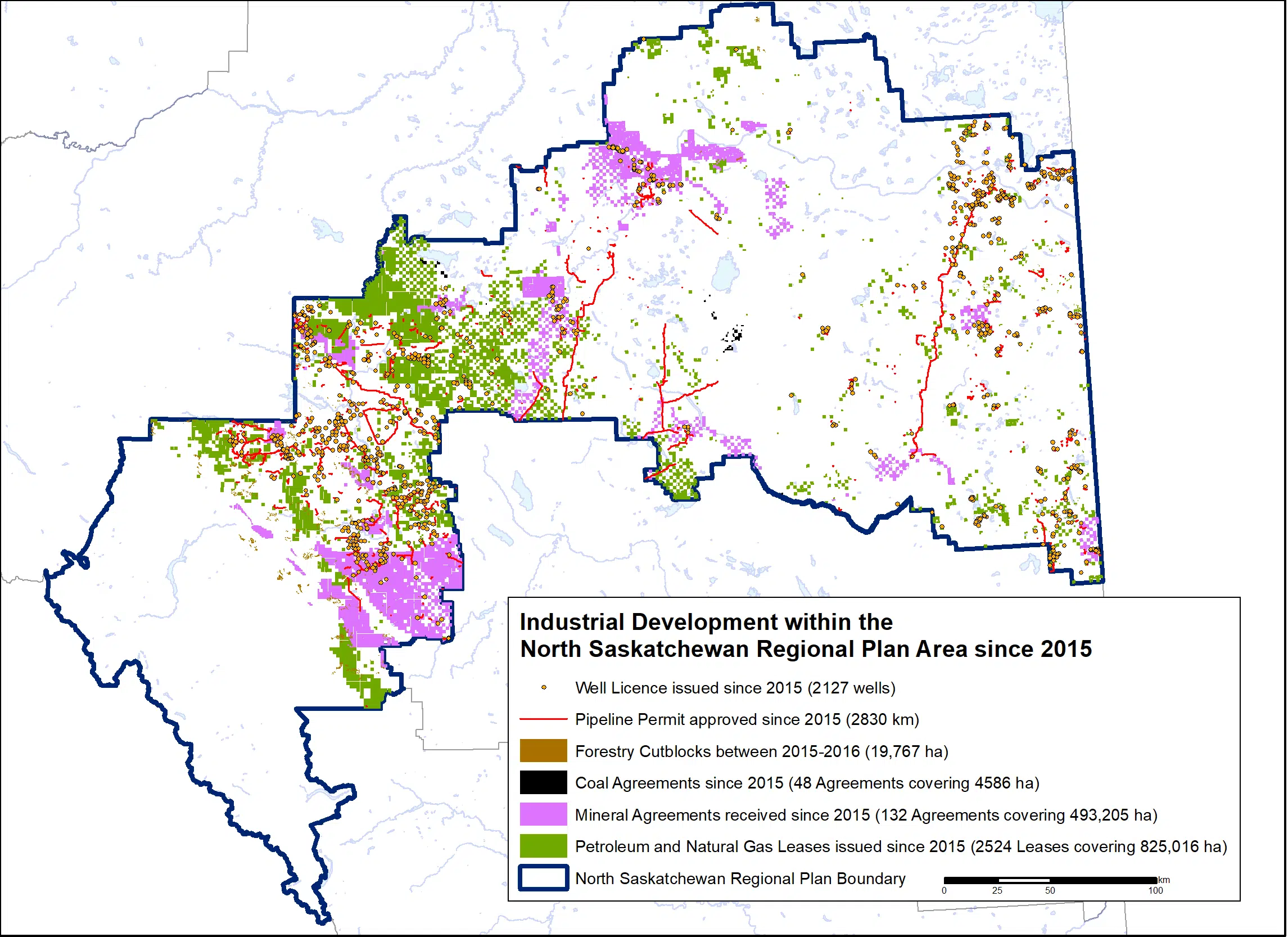
Bighorn Country Can’t Wait
One of the oft-heard criticisms from detractors of the proposed Bighorn Country is that it is rushed and cannot happen outside the process of the North Saskatchewan Regional Plan (NSRP).
Alberta’s Land Use Framework was created in 2008 to provide “a blueprint for land-use management and decision-making to address Alberta’s growth pressures.” While such landscape-level planning is greatly needed across Alberta, it seems that the only land-use that is accused of moving forward outside the process, with calls for needing ever more time and consultation, is conservation of our lands and waters.
There is long-standing Alberta legislation and regulation that legally allows for the creation of protected areas and Public Land Use Zones, notwithstanding an overarching Regional Plan – namely Alberta’s Provincial Parks Act (2000) and the Public Lands Administration Regulation (2011).
In the North Saskatchewan Planning Region, while critics call for a slowdown of conservation, many new industrial dispositions have been approved, which would also be subject to the outcomes of a regional plan. For example, since


